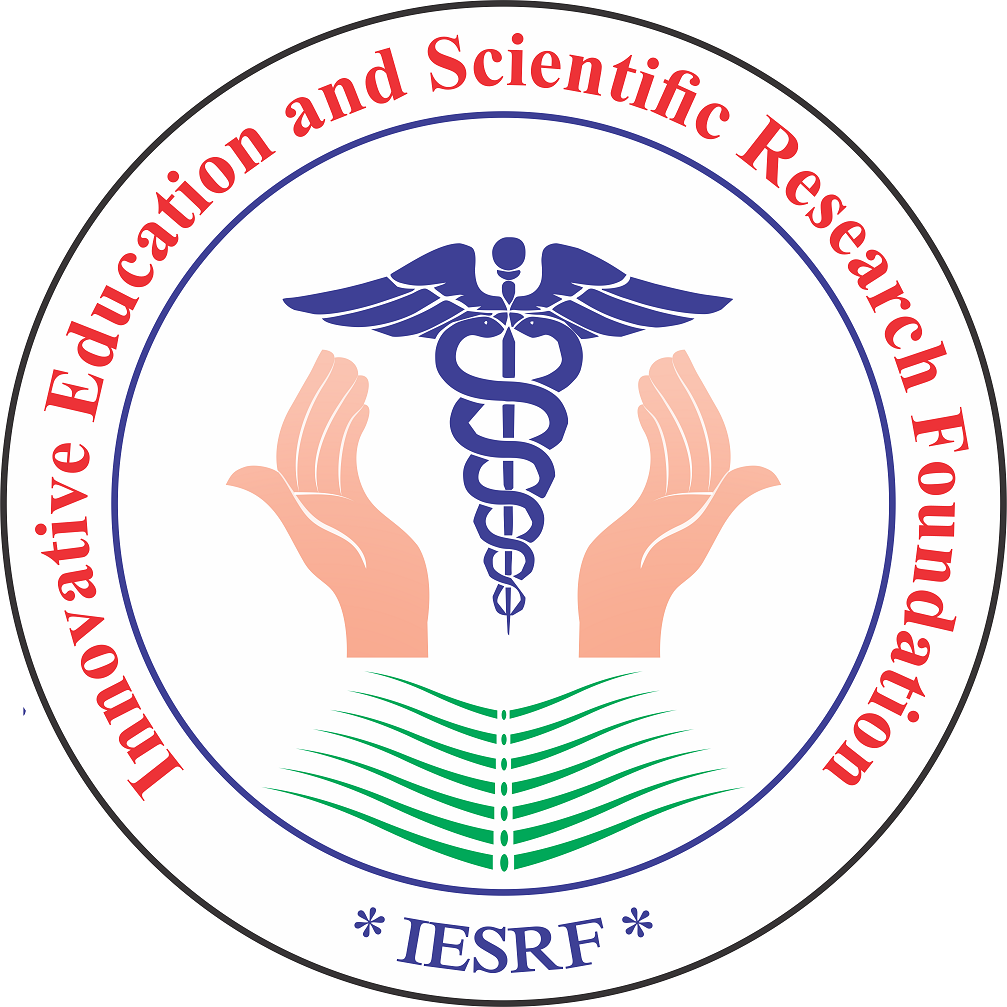Background: Leptospirosis is an emerging public health problem globally. The clinical spectrum of illness in Leptospirosis is extremely wide ranging from undifferentiated febrile illness to severe multisystem diseases. Although children experience frequent exposure to surface waters and animals, studies on paediatric leptospirosis are very scanty, perhaps due to low index of suspicion. This study was conducted to determine the incidence of leptospirosis in clinically suspected paediatric patients by various serological and molecular methods.
Materials and Methods: The study comprised 150 paediatric patients who presented with clinical signs and symptoms of Leptospirosis. Blood samples were taken, serum separated and processed for serological and molecular tests including macroscopic slide agglutination test (MSAT), Microscopic agglutination test (MAT), IgM ELISA and Polymerase chain reaction (PCR).
Results: Among the 150 clinical suspected cases, 96.66% presented with fever, followed by myalgia 93.33% and headache90.6%. With regard to clinical signs hepatomegaly 58.66%, was the most common followed by muscle tenderness 57.3%, jaundice 54.3%, and conjunctival suffusion 48.6%. Among the 150 samples 32(21.33%) were MSAT positive, 20(13.3%) were IgM ELISA positive and 29 (19.33%) were MAT positive. The most prevalent serovar was Leptospira Pomona with 31.03% positivity. Out of 32 MSAT positive samples 4 were positive by PCR. Serological tests showed higher positivity than PCR in this study.
Conclusion: This study suggests the incorporation of both the serological and molecular methods for early diagnosis of paediatric leptospirosis, which is indispensable for the timely management and better outcome of the patient.
Keywords: Leptospirosis, Macroscopic slide agglutination test, Microscopic agglutination test, Polymerase chain reaction.
